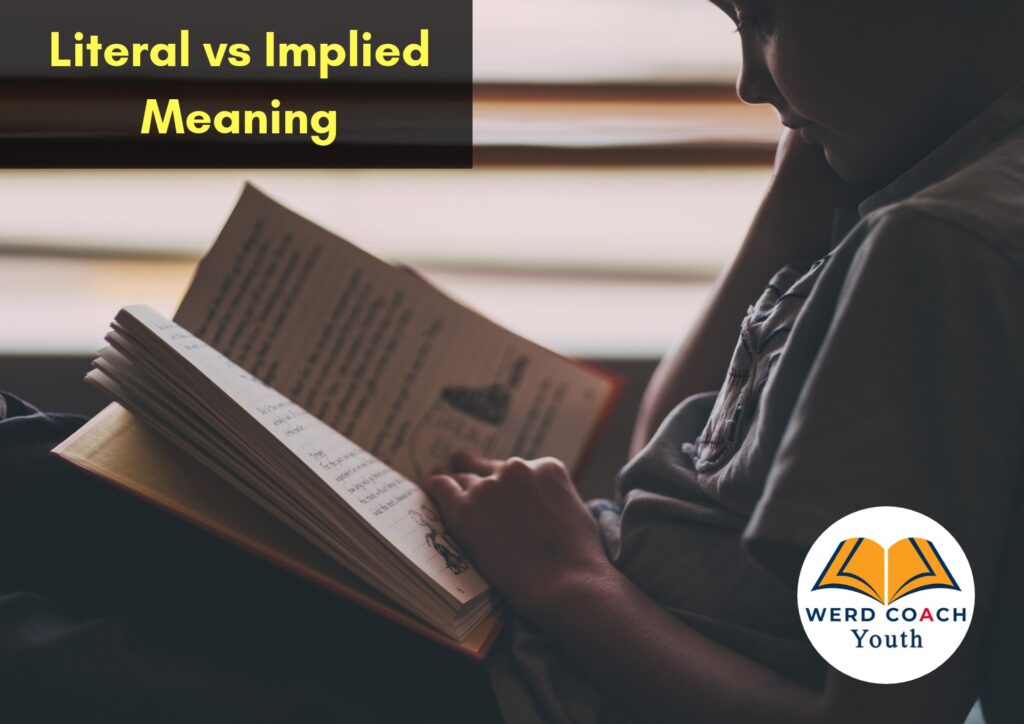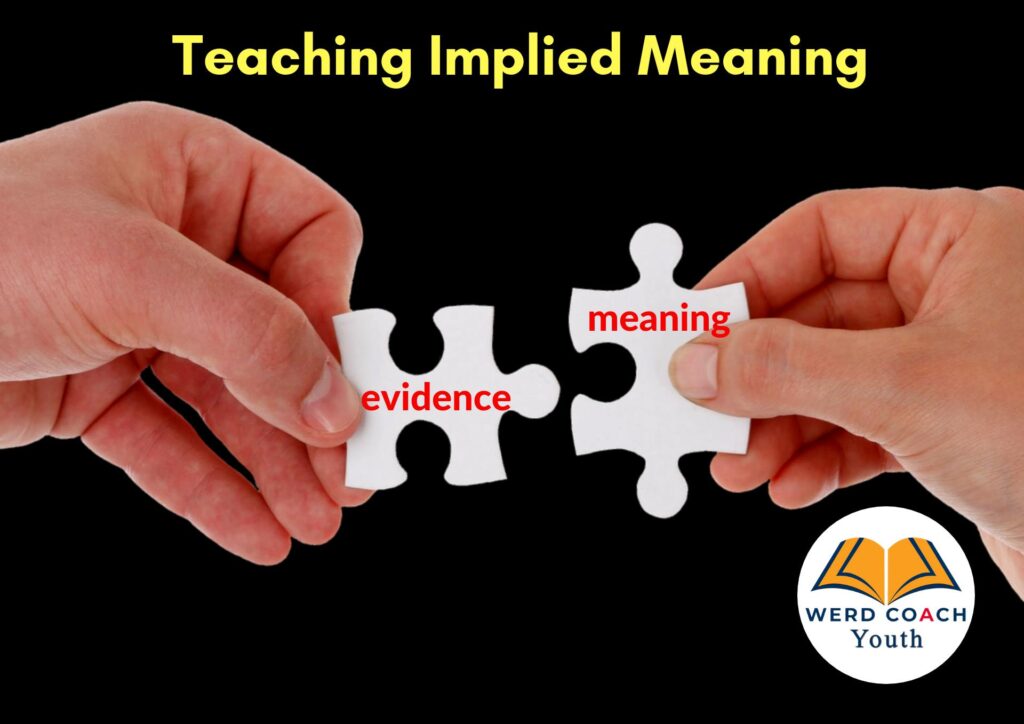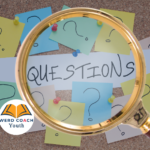Good evening everyone, so far in our comprehension series, we’ve looked at different types of comprehension questions, reading and writing as communication, purpose, main ideas, and topics. In this post, we’ll be looking at literal versus implied meaning.
LITERAL MEANING
For many students, when a question asks for literal interpretation of the text, it’s easy to find the answers. A quick skim of the text for key words from the question usually yields the correct answer.
Literal questions require answers that are facts found in the reading, and are concrete ideas that are either correct or incorrect. One can simply check the reading to see what the answer is or should be.
These questions often ask for specific details such as names, dates, locations, and actions.
– Where did Sandra go to eat lunch?
– What was the name of Henry’s pet cat?
– Who did Idris call when he got home?
When we talk about literal meaning, we’re referring to information that is given directly, with specific words. There is no room for interpretation, no guessing, since the answers are clearly stated in the text.
IMPLIED MEANING
When questions ask for implied meaning, however, many students become confused because the information is no longer straight forward. They’re required to think about the words they see and come up with plausible responses.
The most important thing to remember about implied meaning, is that while the meaning cannot be found directly stated in the text, it must be supported by information in the text. So even though there may be different interpretations to a response, evidence must be provided to support the perspective taken.
As a result, some interpretations would be more valid, logical, and plausible than others. The merit of a response is judged by how well-supported it is.
These types of questions often include the words infer, implied, suggest, conclude, think, and why.
– What does the writer imply about Leanna’s intentions in paragraph 4?
– What can you conclude about D’jhon’s feelings toward his father?
– What time of year do you think it is?

Readers encounter two types of meaning in texts – literal and implied. Literal meaning is stated outright and leaves no doubt what the writer intended. Implied meaning is more subtle and is subject to various interpretations, but must be supported by details in the text.

When meaning is implied, students must make educated guesses based on the details found in the text. To do that, students must make connections between the literal information presented by the writer and previous knowledge, then draw conclusions.
Generating effective responses to inferential questions means mastering the following:
Inferring supporting details – guessing additional facts the writer could have included to make the reading more interesting
Inferring main idea – identifying main idea when not stated
Inferring sequence – guessing what happened before an action, between two stated actions, or after an action
Inferring comparisons – identifying similarities and differences in characters, places, or eras.
Inferring cause and effect – speculating about motives and intentions of characters
Inferring character traits – guessing about the nature of a character based on stated behaviors
Predicting outcomes – guessing the outcome of a text after reading only a part of it
Inferring figurative language – guessing literal meanings from figurative language
THREE STRATEGIES
- Present students with an object they’re not familiar with. Ask them to guess what it’s used for. Then, present another object that is used together with the first, and ask student to guess the connection between the two. Finally, show students how the first object is used with the second object.
Use objects students can safely manipulate. For example an egg separator and an egg; an apple corer and apple; garlic press and garlic; shoe horn and shoe. - Write simple sentences with one word replaced with the word ‘cucumber’ or any other word of choice.
For example: A dog has four cucumbers.
Ask the students to change the word cucumber for a more appropriate word. As they share responses, ask what word gave them a clue about what would best replace cucumber. Follow up that discussion by asking the students to relate the clue word to their background experiences and to explain what background information helped them find the best substitute word. - Use television advertisements for discussion. Watch the advertisement and critically analyse why each image or action was used. Ask questions like: What are the advertisers trying to get you to buy? How is that action meant to encourage you to buy the product?
Use advertisements for food, laundry detergent, car insurance, mobile services.
(Adapted from various sources. Inquire if you’re interested in further reading.)

When responding to an inferential question, it is important to include reasons for the answer. Many students neglect to include sufficient reasons for their answer and thus lose marks in comprehension exams.
One strategy for ensuring that questions are answered sufficiently is PEE. Students will get a kick out of being reminded to PEE when answering inferential questions. This system was originally designed for lengthy responses to literary questions, but functions quite effectively at this level as well.
P = Point
E = Evidence
E = Explanation
Point – What is the inference you’ve made in response to the question? What’s your point?
Evidence – What in the text led you to come to this conclusion? Give one or two details as evidence. These details are explicitly stated in the text.
Explanation – How are the details connected to the point? What about the details that caused you to make the inference?
The word ‘because’ is used quite frequently in these types of responses, but isn’t the only format that can be used.
* Harry is angry at his father because he … (insert evidence).
* The writer implies that…(insert conclusion)…in the statement…(insert evidence)…
* Readers can infer… (insert conclusion)…from…(insert evidence)…
NOTE: For SEA, students will not be required to give a detailed written explanation, however it is important for them to understand the connection as it would assist them in adequately supporting their answers. This technique is valuable throughout a student’s academic career, and can be used at CSEC, and university.



